Growing hyssop
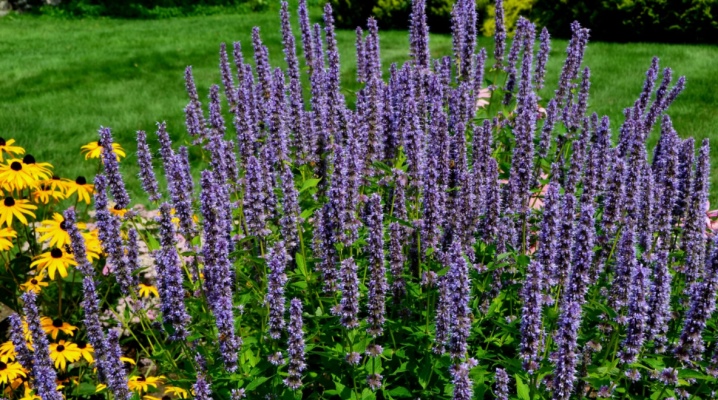
Hyssop is one of the most ancient herbal crops. This plant is mentioned in the treatises of ancient Greek healers. In addition to many medicinal properties, hyssop is also decorative. Therefore, it is often planted in flower beds and rockeries. Read all about the cultivation of this plant, as well as its use in garden design, in the article.
Description
Hyssop is a member of the family of lamines. The second name of the plant is blue St. John's wort. The average grass height is 0.4-0.7 m. The stems look like small twigs, they can be either smooth or slightly pubescent. The leaves are narrow, lanceolate, attached to a shortened petiole. They do not exceed 4 centimeters in length and 9 millimeters in width.
The flowers are shaped like ears, they are small in themselves. The colors of the flowers are different. Most often there are blue, lilac, purple colors. More rarely, pink or white hyssop is seen. The plant blooms at the very beginning of summer, and ends this process already with October frosts. It is worth noting that the culture is a honey plant, that is, it will be useful for those who wish to attract bees to the site. In late summer, hyssop forms seeds and can be harvested. You can store grains for about 3 years, sometimes the terms reach up to 4 years.
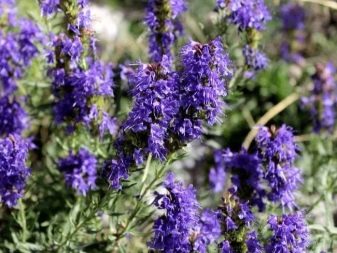
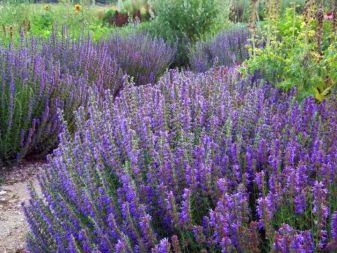
This is interesting: hyssop smells very strong and pleasant, delighting with its greenery up to cold weather. Its spicy aroma is so expressive that the herb is often used in cooking.
Views
Blue St. John's wort is subdivided into several types. Let's find out in more detail the features of the most popular specimens.
Narrow-leaved
This type of hyssop is also called medicinal or ordinary. Narrow-leaved hyssop is a semi-shrub crop, the usual height of which can be 0.2-0.8 m. It is worth noting that this type of hyssop quickly spreads throughout the site, so the growth process must be controlled.
The foliage of the medicinal plant is small, dark green. Flowers are most often blue or purple, and can also have a color close to blue. Common hyssop grows in the steppe. It is very often found in the hills and at the base of the mountains. Distributed in the Caucasus, Siberia, and other parts of the country. And also found in Asia, the Mediterranean.
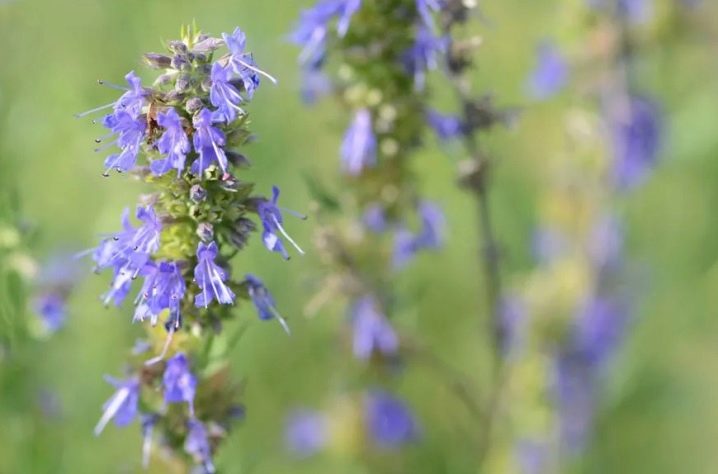
Chalky
This type of hyssop is on the verge of extinction, it can be found very rarely. The plant is in the Red Book. As the name implies, it can be found on chalk deposits.
The maximum crop height is 50 centimeters. The inflorescences look like spikelets, usually painted in a blue-violet tone. The plant emits an incredibly strong aroma. It looks almost indistinguishable from ordinary hyssop.

Anisic
This type of hyssop is distinguished by a special branching. Plants are low, up to half a meter. Form a beautiful emerald deciduous mass and inflorescences-spikelets of blue or purple color. The foliage has a strong aniseed aroma, which is why the name of the subspecies.
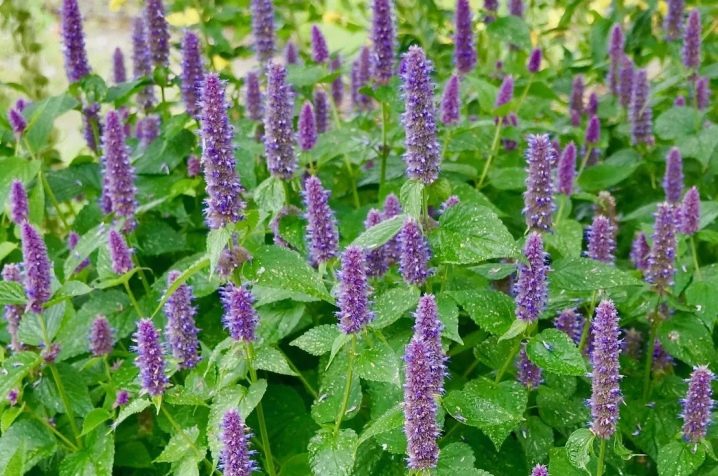
Other
And also a common species is dubious hyssop. This plant is widely popular in Russia as well as in Mongolia. Loves dry stony soils, often grows right on the slope of the mountains. The height of the semi-shrub is 15-45 centimeters, the inflorescences are panicle, blue-blue or pink-purple.
In addition to listing the species, it is also worth mentioning some decorative varieties that are especially often used in garden landscape design:
-
"Chord";
-
"Pink Mist";
-
"Amethyst";
-
"Frost";
-
"Pleasing Semko";
-
"Pink flamingo".
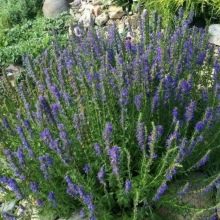
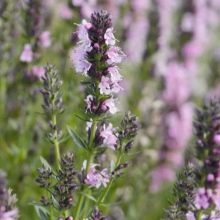
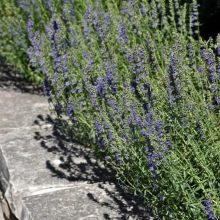
Landing
In most cases, hyssop is grown through seedlings. Flower seeds do not need any processing or germination. They can be sown directly into containers. For the procedure, the period from the end of February to the beginning of March is chosen. Seedling boxes can be taken as containers, a nutritious substrate containing sand and peat is suitable. On the surface of the earth, they make small trenches half a centimeter deep. The distance between them should be 5 centimeters. This planting pattern will prevent foliage adhesion and competition for food.
The planted seeds are covered with foil, creating an impromptu greenhouse. It is best to germinate grains in a dark place. The greenhouse must be opened every day so that condensation does not collect. Moisturize crops as needed. The first shoots should be expected in about two weeks. Then you should remove the shelter. After another 10-12 days, the sprouts are thinned out, pinching the weak ones or simply diving in different containers. The seedlings will be ready for transfer to open ground after 8 weeks. Each of them should have 5-6 leaves.
Important: in order for the hyssop to take root in a new place, the seedlings need to be hardened. It begins to be carried out 14 days before disembarkation. Initially, containers with seedlings are taken out for half an hour, then the duration of exposure to air increases. In recent days, containers should be outdoors all the time.


Basic conditions for landing:
-
sunny place;
-
protection from winds;
-
moderately moist substrate fertilized in autumn.
The culture will not grow on too heavy and salty soils, and it also does not belong where groundwater flows close to the surface.
It is necessary to plant sprouts according to the correct scheme. To do this, planting is carried out in rows. The step between the bushes is 10 centimeters, between the rows - 30. After planting, it is necessary to water the seedlings abundantly.
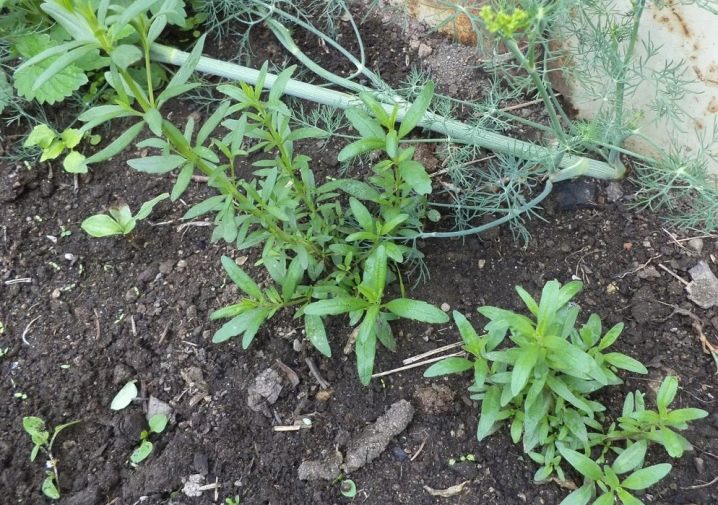
If you do not want to deal with seedlings, then hyssop seeds can be planted directly in the open ground. Most often, the procedure is carried out at the beginning of May. The site must be dug up, and then grooves with a depth of 5 mm are formed on it. Seeds are planted there. To prevent the grains from freezing at night, you need to stretch the film on top. When crops appear and grow a little stronger, they will need to be thinned out.
Speaking of planting, it would be useful to mention the reproduction of culture. Above, we looked at how to grow a plant from seeds, but this is not the only way how hyssop can be propagated.
-
Cuttings. Propagation by cuttings is a simple and inexpensive way. Before the buds appear, you need to cut the green cuttings with a disinfected knife. Usually cuttings are cut to a length of 15 centimeters. The lower foliage is cut off, and the upper one is left in place. Next, the finished cutting is planted in a nutrient substrate and covered with a plastic bottle. You can remove it when the plant takes root and adapts.
-
Division of the bush. This method is also very good, and you still have to divide the bush, as it grows a lot. It is necessary to dig out a bush, divide it into several parts. It is important to note that each such part must have a kidney. Delenki are planted in a fertile substrate, classic care. Important: if you just want to get new material, then you can take 3-4-year-old bushes. But plants will need rejuvenation at 5 years old (at the same time, you will get delenki).
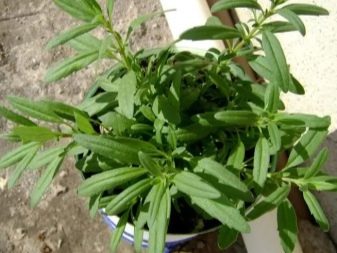

Care
Hyssop is a plant that does not cause problems for gardeners. It grows calmly on the site, does not require increased attention to itself.
Watering blue St. John's wort is usually not required. This is a very drought-resistant crop, which is quite enough rainfall. But in regions with dry and hot summers, irrigation will still have to be organized. It should be moderate - about 2 buckets per square meter. They water the bushes in the country only when the earth is completely dry. By the way, unlike other crops, flowers show amazing freshness even on crusty ground.
Young bushes that have not yet grown in width require regular loosening and weeding. It is necessary to get rid of weeds, because pests are often found in them, which can go to the bushes. Later, the hyssop grows so that there is no room for the weeds, but while it is young, efforts will have to be made.
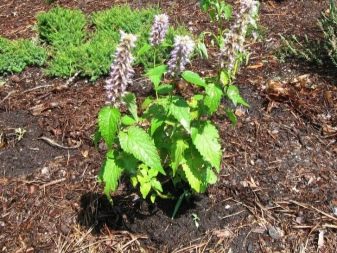
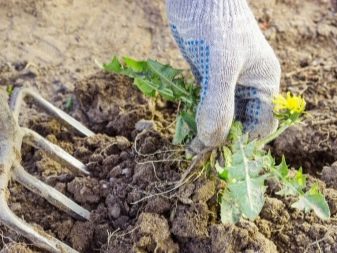
You can grow blue St. John's wort without feeding. After all, in fact, this is an ordinary grass, albeit an ornamental one. Many gardeners do not feed hyssop at all, just as they do not feed, for example, chamomile and other similar crops. Moreover, too nutritious soil for herbs is harmful, they may even stop blooming. In nature, hyssop grows on gravel, rocky soils, and there are definitely no additional fertilizing there. But if you still want to fertilize the flowers, then you can use organic fertilizing, for example, rotten manure, wood ash. A good solution would be to water the flowers with nettle or dandelion infusion.
The cultivation of hyssop is usually accompanied by pruning. Gardeners very often resort to molding pruning, which is a necessity for bushes. Plants react to it perfectly, then there are no negative changes in their condition. They carry out a molding haircut in autumn, shortening young shoots and giving the plants the shape of a ball. At this moment, you can collect flowers and leaves, prepare them for medical or culinary purposes. But at the beginning of spring, it is worth limiting yourself to sanitary pruning, removing the shoots damaged during the winter.

These hardy herbaceous bushes are ill in the most rare cases. And the only reason for this is the complete lack of care. Although minimal, you still need to take care. In conditions of capital thickening, when the gardener does not thin out and does not rejuvenate the bushes, fungi arise, for example, rhizoctonia. If you constantly water, not observing the measure, it is close to fusarium wilting. Such diseases will have to be treated with fungicides, and the result will not always be positive. However, the good news is that you will never find a single pest on a hyssop. And not only on it, but also on crops within a radius of a couple of meters. The thing is that the strong aroma simply scares them away.
Before leaving for the winter, the hyssop must be trimmed so that its height is 15 centimeters. This simple procedure guarantees splendor and more beautiful blooms in the next season. In the southern regions, a shelter for the winter is not organized, in the northern regions, the near-trunk circle of bushes is covered with peat mulch, and the plants themselves are covered with spruce branches and fallen leaves.

Blue St. John's wort in landscape design
Hyssop is often used for landscaping a garden or a summer cottage. The plant does not attract much attention to itself, but this is its plus, because with it you can emphasize more spectacular crops. Blue St. John's wort bushes look beautiful on flower beds, alpine slides. They often become the backdrop for tall crops with large flowers. They are planted with a mono plant, choosing different colors. The main thing in this case is to choose plants that will be of the same height, so that some do not hide others. The same flowering time is also important.
Hyssop creates a peaceful and calm atmosphere on the site. This plant is often used in the designs of gardens with a "field", "wild" slope, because in nature it just prefers hills, fields, mountain slopes. If you want to equip just such a garden, then it would be appropriate to plant other field crops in it: lavender, poppies, buttercups, cornflowers. All these plants perfectly complement the blue St. John's wort and are beautifully combined with it in color.
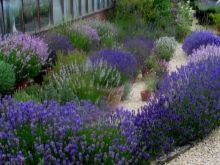
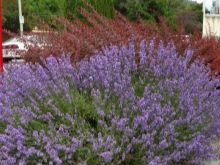
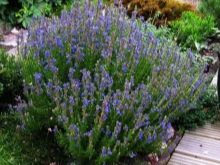













The comment was sent successfully.